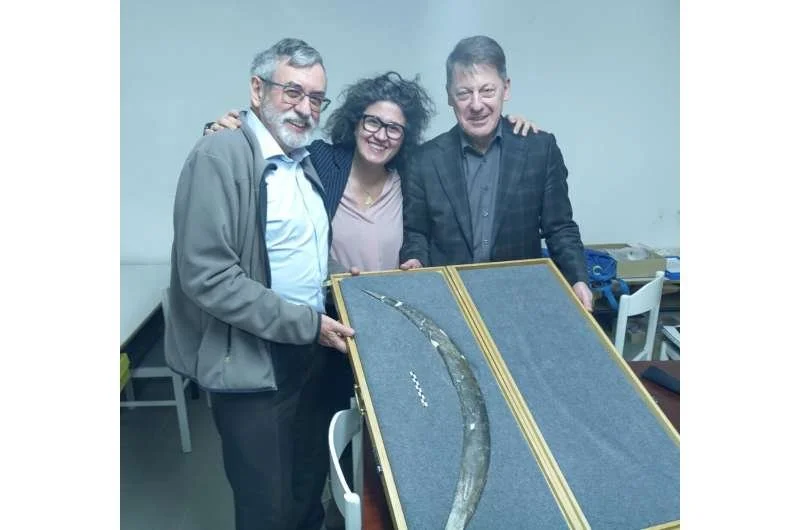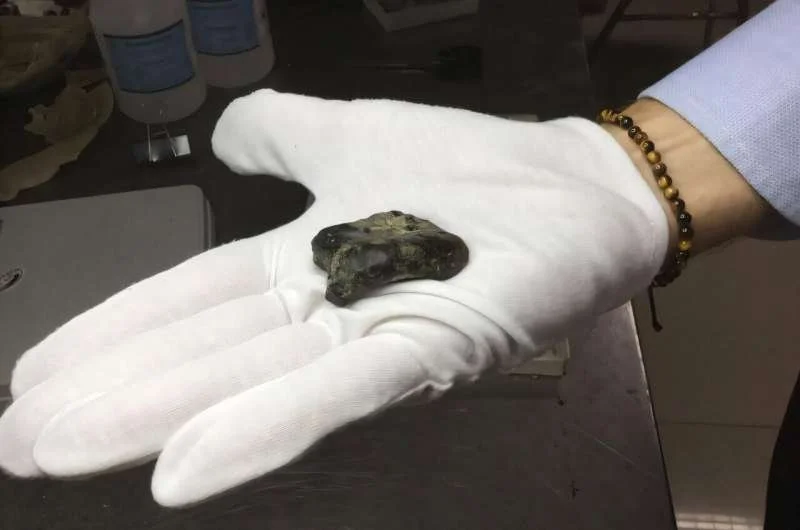The study of language and its historical evolution has long fascinated scholars and linguists alike. One intriguing theory that has captured the attention of the academic world is the Armenian hypothesis, also known as the Near East model. The Proto-Indo-European motherland's origins are the subject of this theory, which linguists Tamaz V. Gamkleridze and Vyacheslav Ivanov proposed in the early 1980s.
According to the Armenian hypothesis, the Proto-Indo-European language was spoken in the regions of Eastern Anatolia, the Southern Caucasus, and Northern Mesopotamia between the 5th and 4th millennia BC. This theory posits that the homeland of pre-Indo-European peoples was in the same geographical area. Recent advancements in ancient DNA studies have brought forth new perspectives, suggesting that the ancestral origins of Proto-Indo-European languages could be traced to Eastern Europe, Eurasian steppes, or even a hybrid of both.
One intriguing aspect of the Armenian hypothesis is its support for the Indo-Hittite hypothesis, proposing that both Anatolian and Indo-European languages separated from a common mother tongue, possibly before the 4th millennium BC. However, this view is not without its critics and alternative theories. Some comparative linguists lean towards the Balkan route for the introduction of Anatolian Indo-European languages, citing linguistic diversity as evidence.
Renewed Interest
Recent DNA studies conducted from 2015 to 2023 have revived discussions around the homeland of the Indo-European primitives. Some researchers lean towards the Armenian Plateau hypothesis, noting genetic similarities between certain ancient populations and modern Armenians. However, it is still unclear what language the Eastern European hunter-gatherer and ancestral groups spoke.
David Reich, in his 2018 publication "Who We Are and How We Got Here," points to the presence of Indo-European languages, such as Hittite, in ancient Anatolia. He suggests that the likely location for the first-speaking population of Indo-European is south of the Caucasus Mountains, given genetic evidence matching both the Yamnaya and ancient Anatolians.
Criticism
While the Armenian hypothesis has garnered attention and support, it has also faced criticism. Some scholars argue that it offers a complex and fully supported model of linguistic relations. Others, like Robert Drews, have questioned the validity of various linguistic models, asserting that they are weak at best.
David Anthony, in a 2019 analysis, criticizes the Armenian hypothesis by proposing that the genetic and linguistic origins of Indo-European people may lie in Eastern European grasslands rather than in the South Caucasus. He suggests that Proto-Indo-European languages primarily evolved from Eastern European hunter-gatherer languages, with some influence from Caucasian hunter-gatherer languages.
The Armenian hypothesis, with its focus on the origins of the Proto-Indo-European language, continues to be a topic of scholarly debate and investigation. While it offers a compelling narrative for the linguistic roots of Indo-European languages, it also faces significant criticism and alternative viewpoints. Advancements in genetics, linguistics, and archaeology continue to fuel the investigation into the true origin of Indo-European languages.








